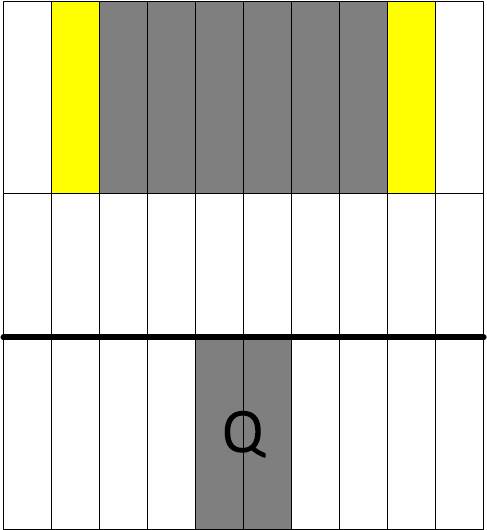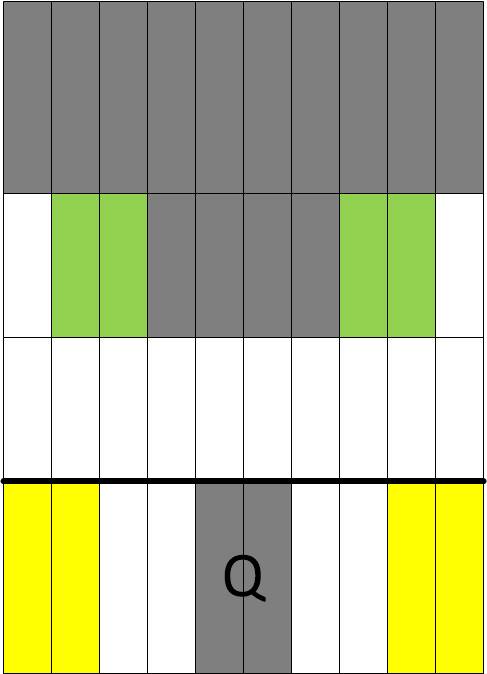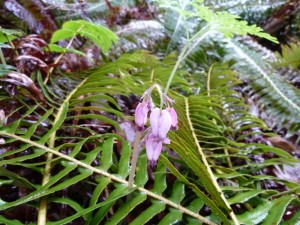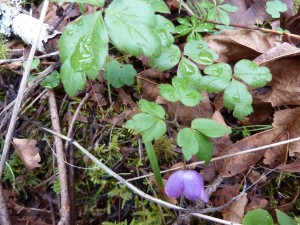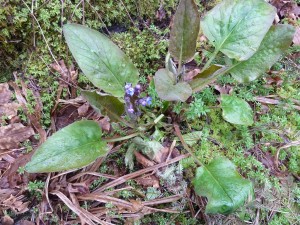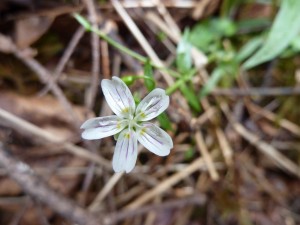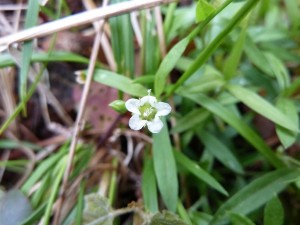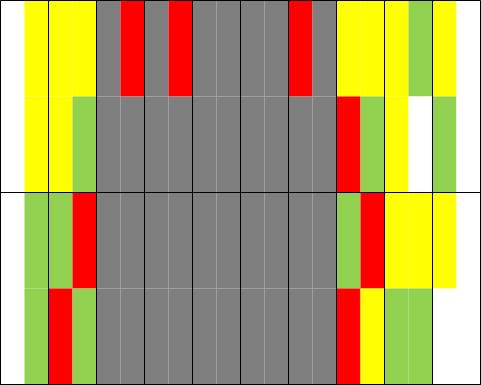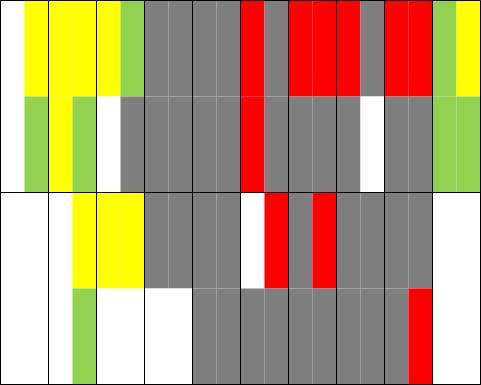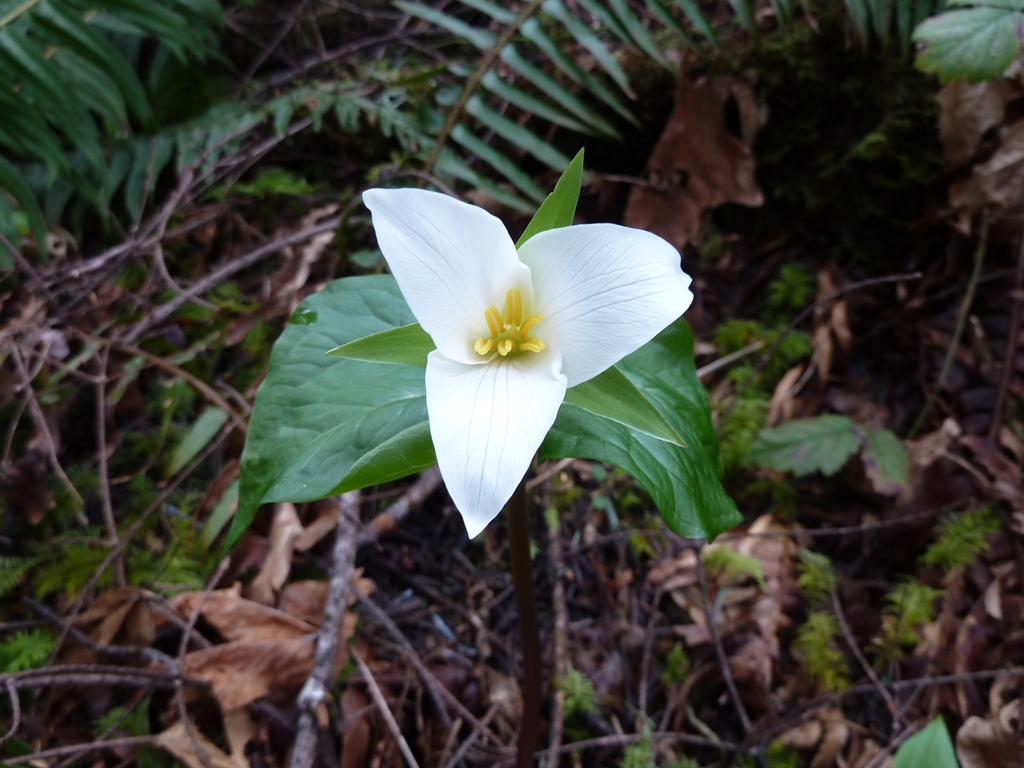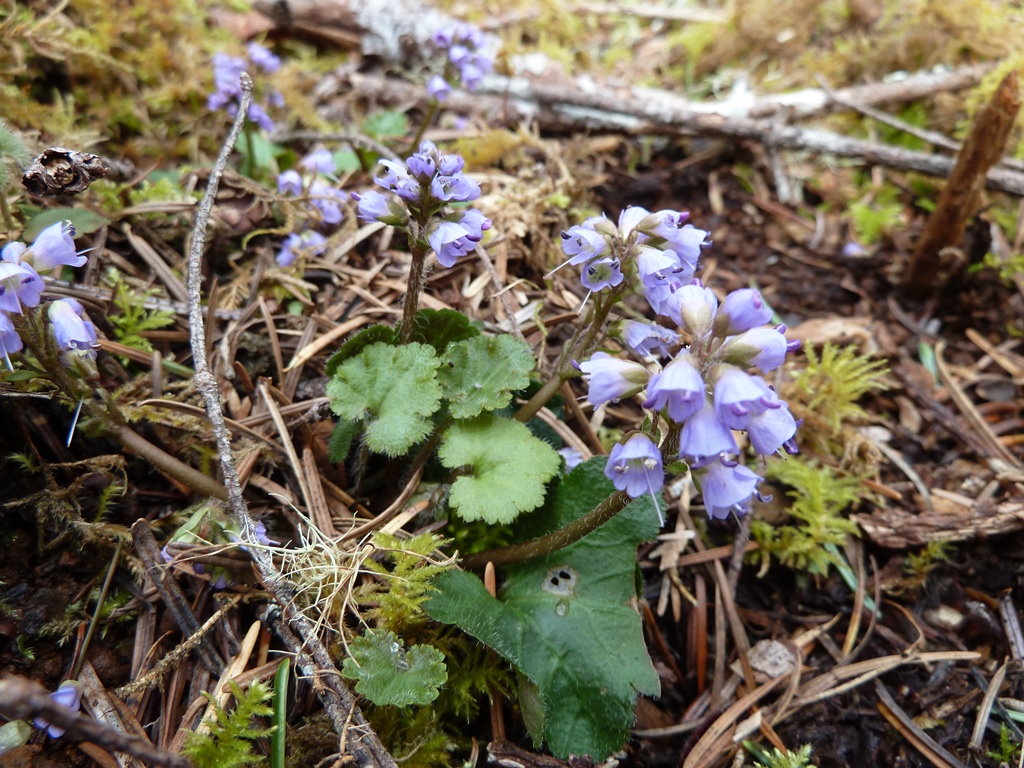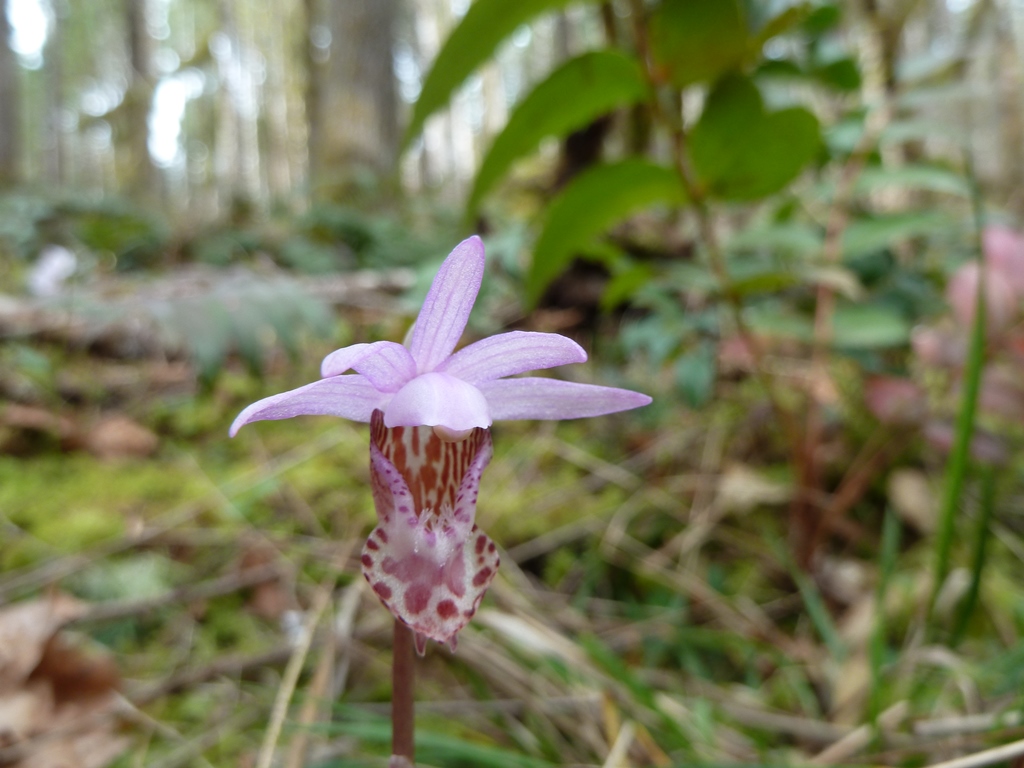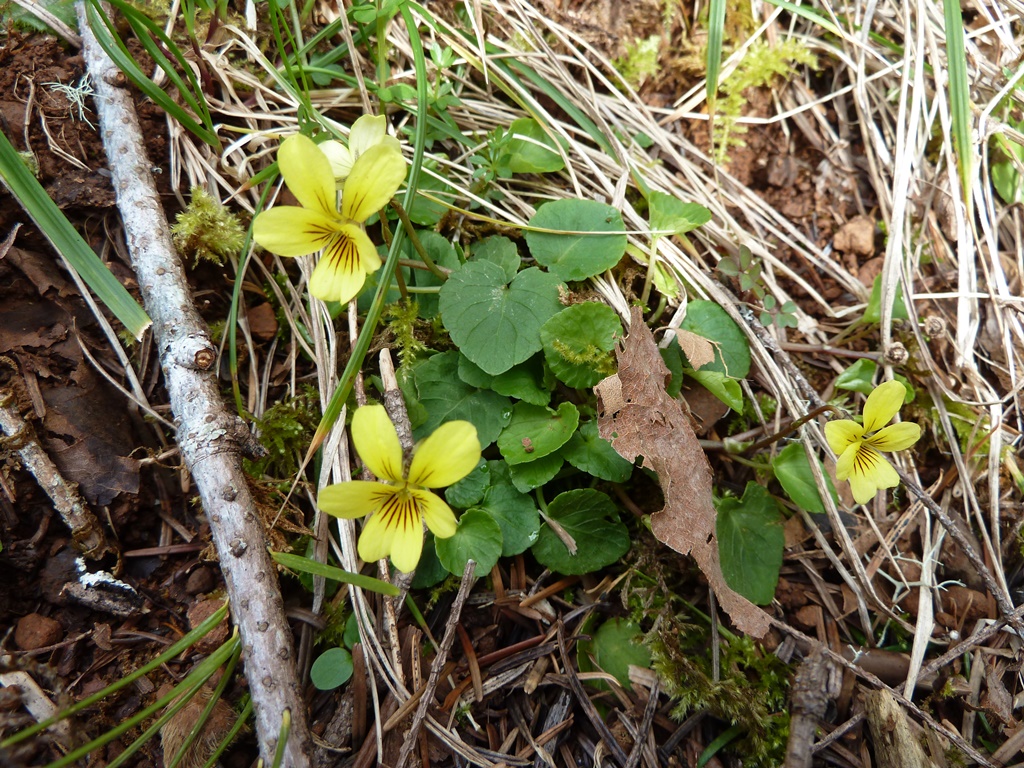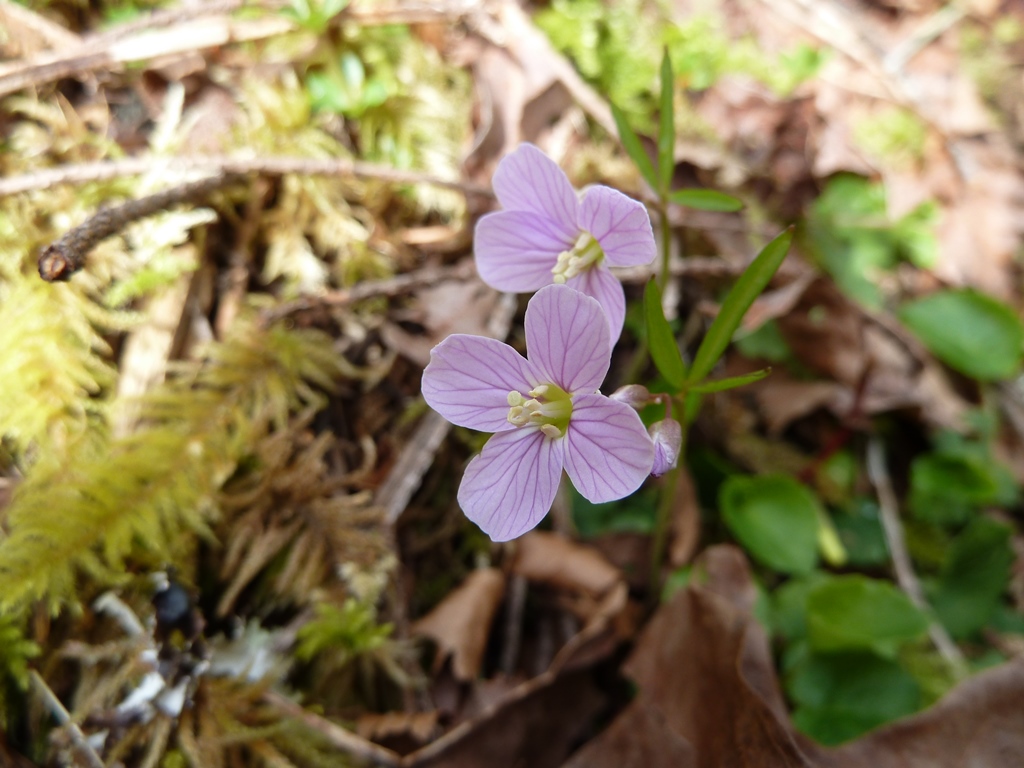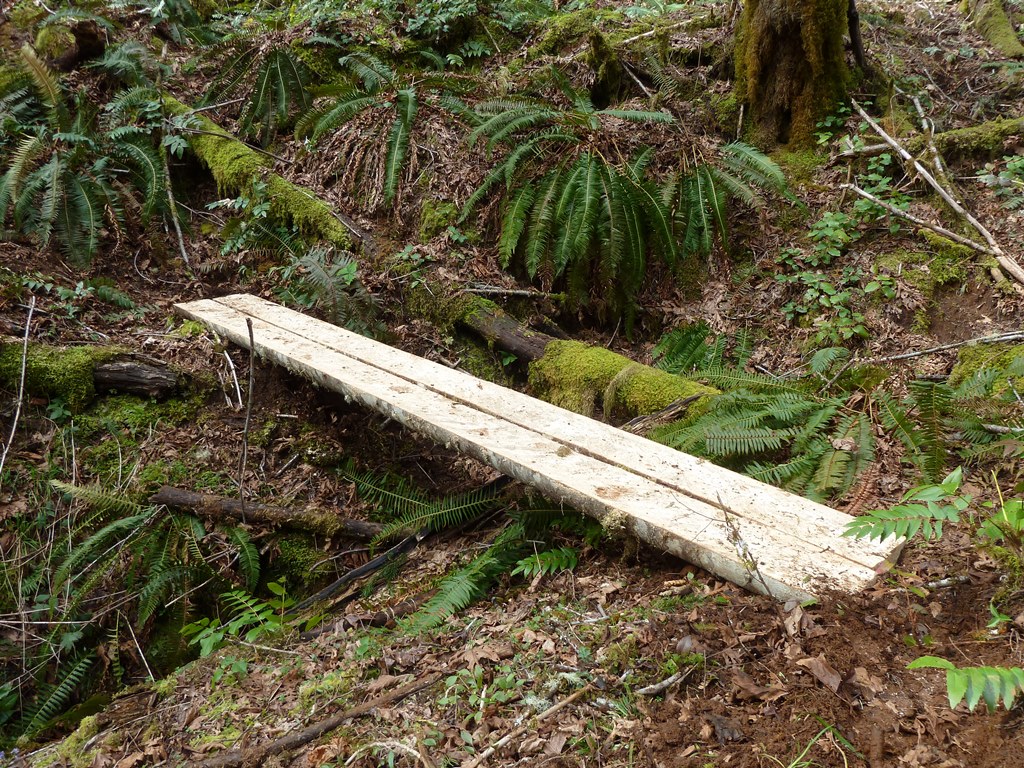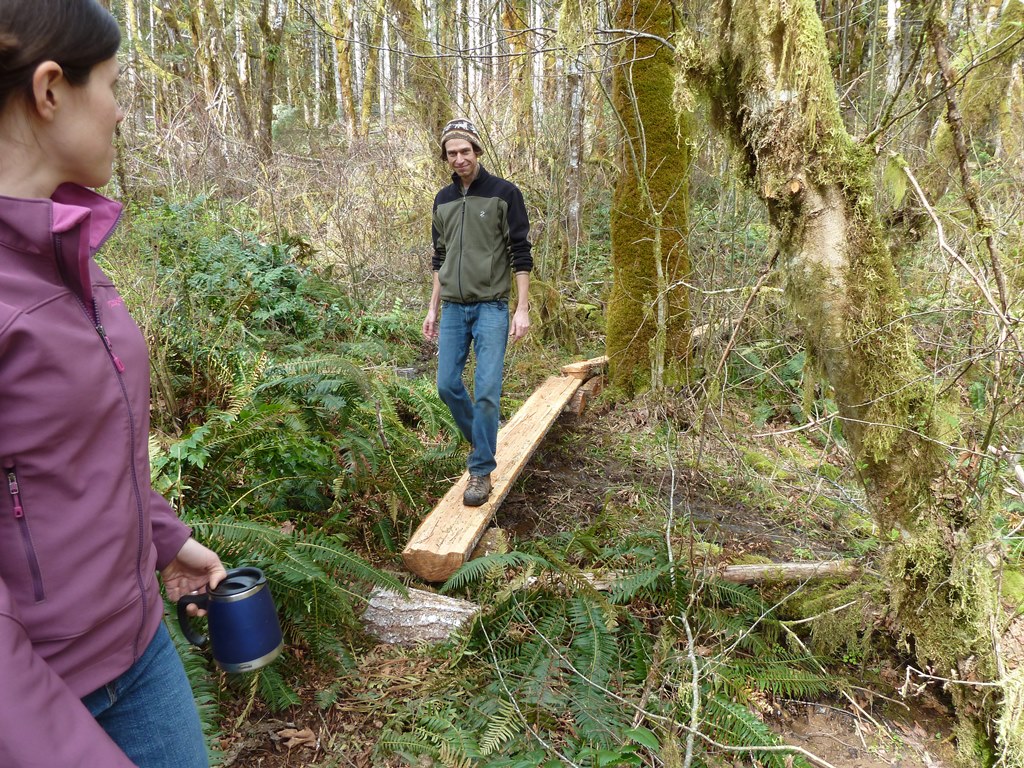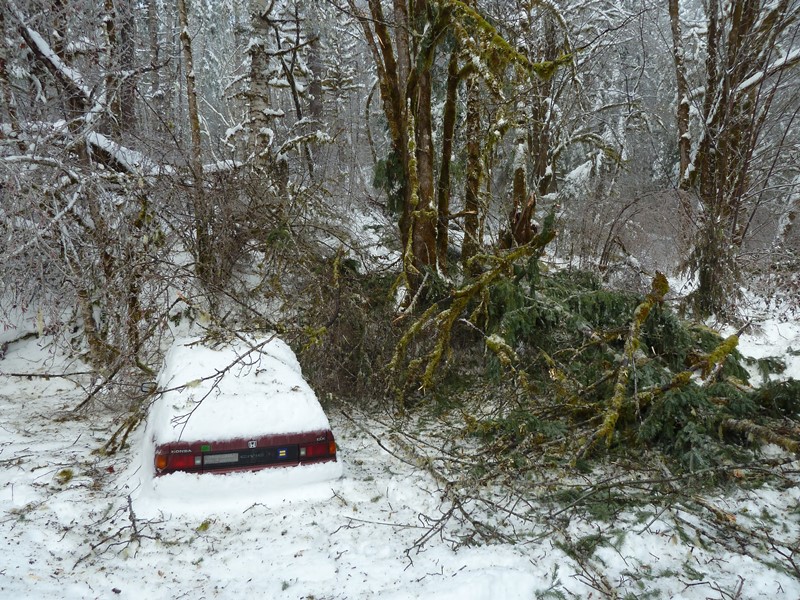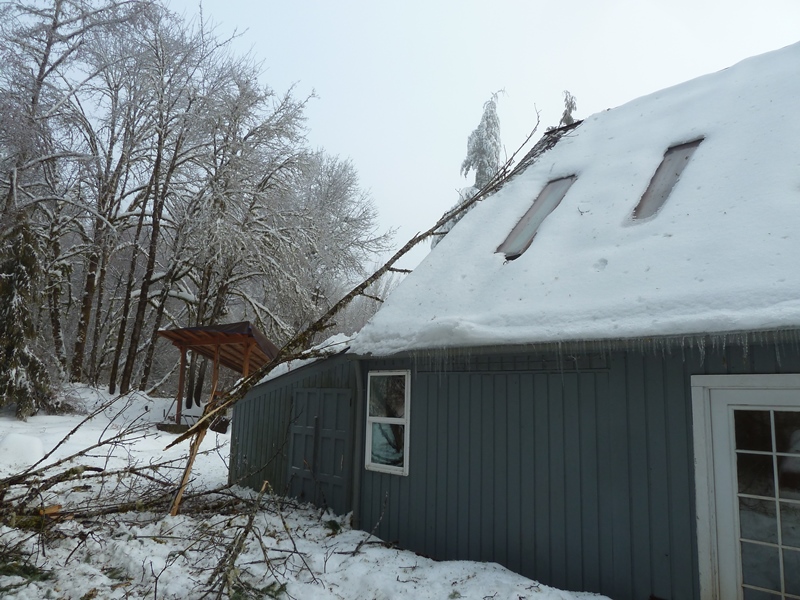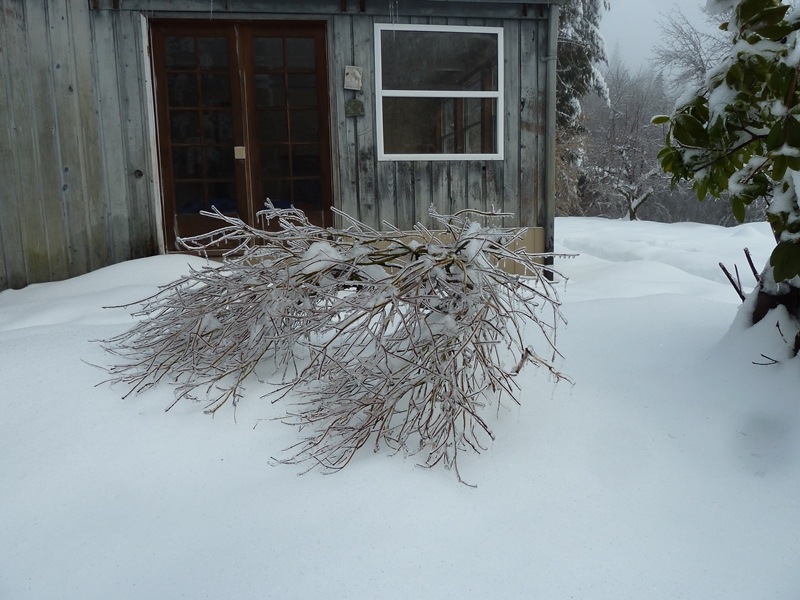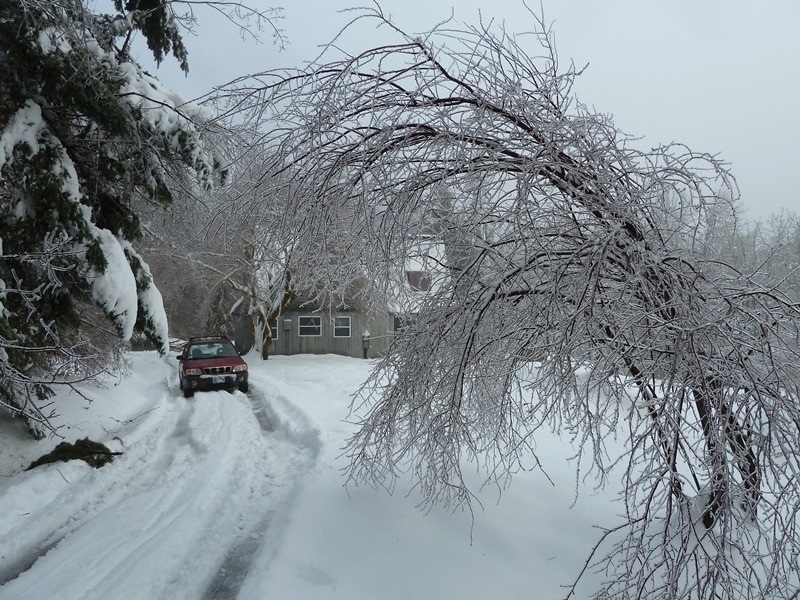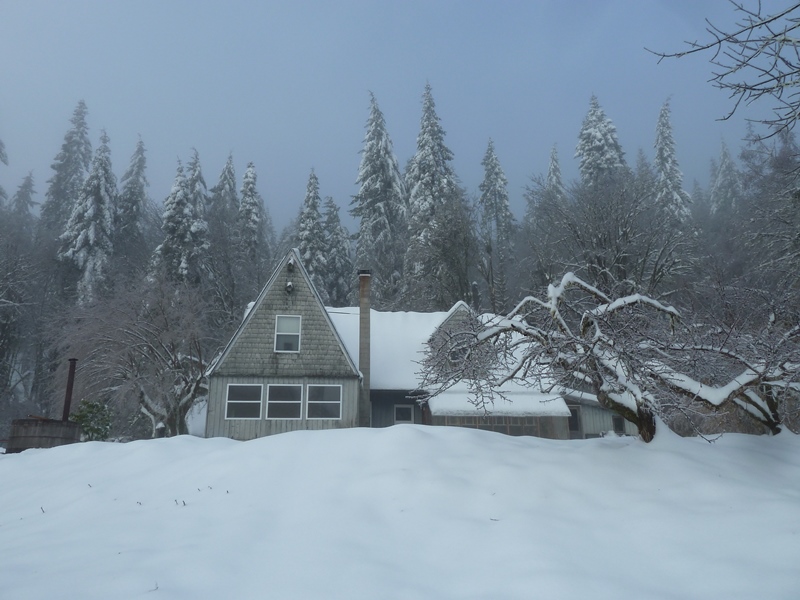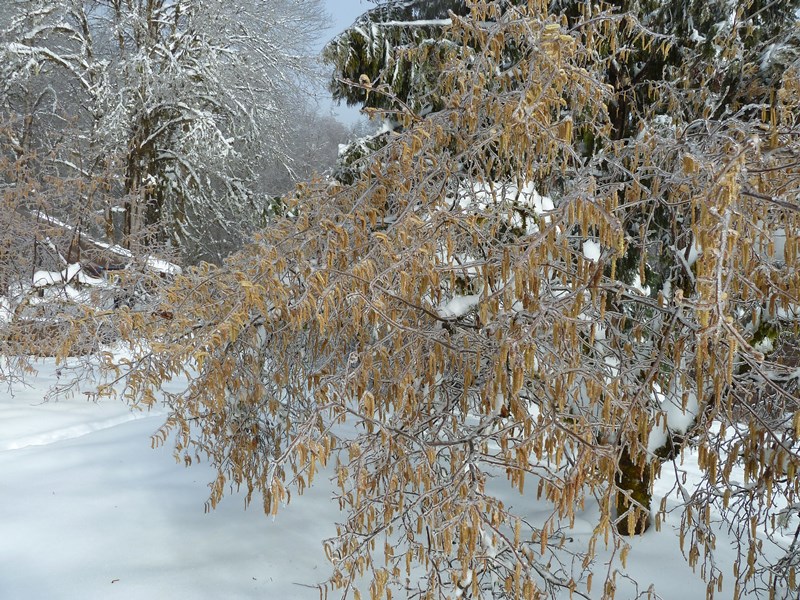I think we finally have the right number of beehives – enough that we can manage them as a self-sustaining unit, keeping extra queens in reserve in nucs and using bees and brood from nucs to build up weak colonies.
A brief summary…
Jefferson hives:
The two strong hives we took to Goosefoot Farm are in good shape with adequate stores in the brood chambers, but they have no honey in the supers at this point. There must not be enough maple trees within foraging range.
#1 (Ruhl nuc 2012). Original two-year-old queen still going strong, unless they superseded at some point and we missed it. Demaree method worked to head off swarming, and during that time we pulled some queen cells and bees (along with frames from #7 next door) to make up two nucs. Two brood boxes and activity in two supers. Probably our strongest hive, though #5 may have that claim when we put it back together.
#7 (Old Sol queen, June 2013, superseded in the fall). Weaker than #1, but still in good shape. Demaree shuffles set back broodnest development for a time. Starting to see some scattered drone larvae, so will be watching this queen for failure and possible replacement.
#9 (Nuc, queen from #1 or #7, just mated). We pulled queen cells from both hives, so we’re not sure which is the parent. Laying pattern looks very good, large golden queen. Combined the new-queen nuc with another nuc that failed to raise a queen in a double-deep hive; may be adding brood from neighboring hives to accelerate buildup.
Homestead hives (at our house in the forest bordering the Corvallis Watershed):
We brought three hives to the Watershed Homestead. Two built up explosively and the third has been working on superseding a failing queen. In contrast to the Jefferson hives, these have lots of honey from the maple flow despite limited good weather.
#5 (Old Sol nuc 2012): Demaree method failed to stop swarm impulse, likely due to too much backfilling during the maple flow. These bees are housed in our only semi-deep brood chambers, which greatly limits our ability to pull frames out for nucs or swap in empty foundation frames. Three weeks ago I had no spare equipment for splits, so I moved the queen up top above a double-screen board and left the swarm cells down below. Unfortunately (or maybe fortunately as the queen was aging) I moved one swarm cell up top with the queen, and the old queen was killed. Her replacement just started laying, and it appears that the bees down below tore down their queen cells. A bit of luck here, but the outcome is that the hive didn’t swarm, has a laying queen, and got a brood break to set back the mites. They also collected a lot of maple honey – close to 1 1/2 supers or about 40 lbs. A taste test tells us it will be delicious – we plan to extract around May 31.
The plan is to wait a week for the new queen to establish a broodnest up top, check the bottom again to make sure there is truly no queen, and then do a newspaper combine to reunite the hive. We might also shake out some bees into #6 next door which is hurting for population.
#6 (Small caught afterswarm, 2012). This hive has an unstoppable swarm impulse, perhaps not surprising given that they started as an afterswarm. Last year they swarmed twice even after an artificial swarm split to take the queen away. I tried the same trick as with #5, moving the queen up top, but the bees proceeded to kill her and swarm twice, both times to an uncatchable 50 feet up in a maple tree, and both times on bad weather days. The remaining queen mated and just started laying, but their population is only about 1/4 of what it was. They made about 1/3 of a super of maple honey before swarming, which we will add to the extraction. We will be strengthening this hive when possible over the coming weeks.
#8 (Trapout from oak tree, summer 2013). Had signs of failing queen and supercedure cells three weeks ago. Now has a mix of bad and reasonably good brood pattern. There is a queen, but I’m not sure at this point if she is new and if she will be good. If not, we have plenty of other queens to choose from.
#10 (Nuc, swarm caught four weeks ago). An easy afterswarm catch from a coworkers hive, the new queen is mated and laying well. Not sure what will happen with these yet – might keep them as a backup nuc, feeding frames of brood into #6 to rebuild. I suspect swarmy genetics here, so I’m not sure we want to give the queen charge of an overwintering colony.
#11 (Nuc, queen raised from #6 queen cells). Our latest addition, with a queen raised from the ever-swarmy #6. Still figuring out where they will go. Last year we had very poor success with queen mating. This year it seems we ended up with more queens than we need…
We have an Old Sol queen arriving next Thursday, ordered before I knew we would have so many queens. I do like the idea of bringing in some “professionally raised” queens for good genetics, so she will be going into a nuc pulled from strong hives #1 and #7 at Goosefoot. Might then requeen #7 or #8 if things are still not looking good.
I am seeing some mites on bees, suspect mite loads are above treatment thresholds in some cases but am planning to wait until August for treatment.


